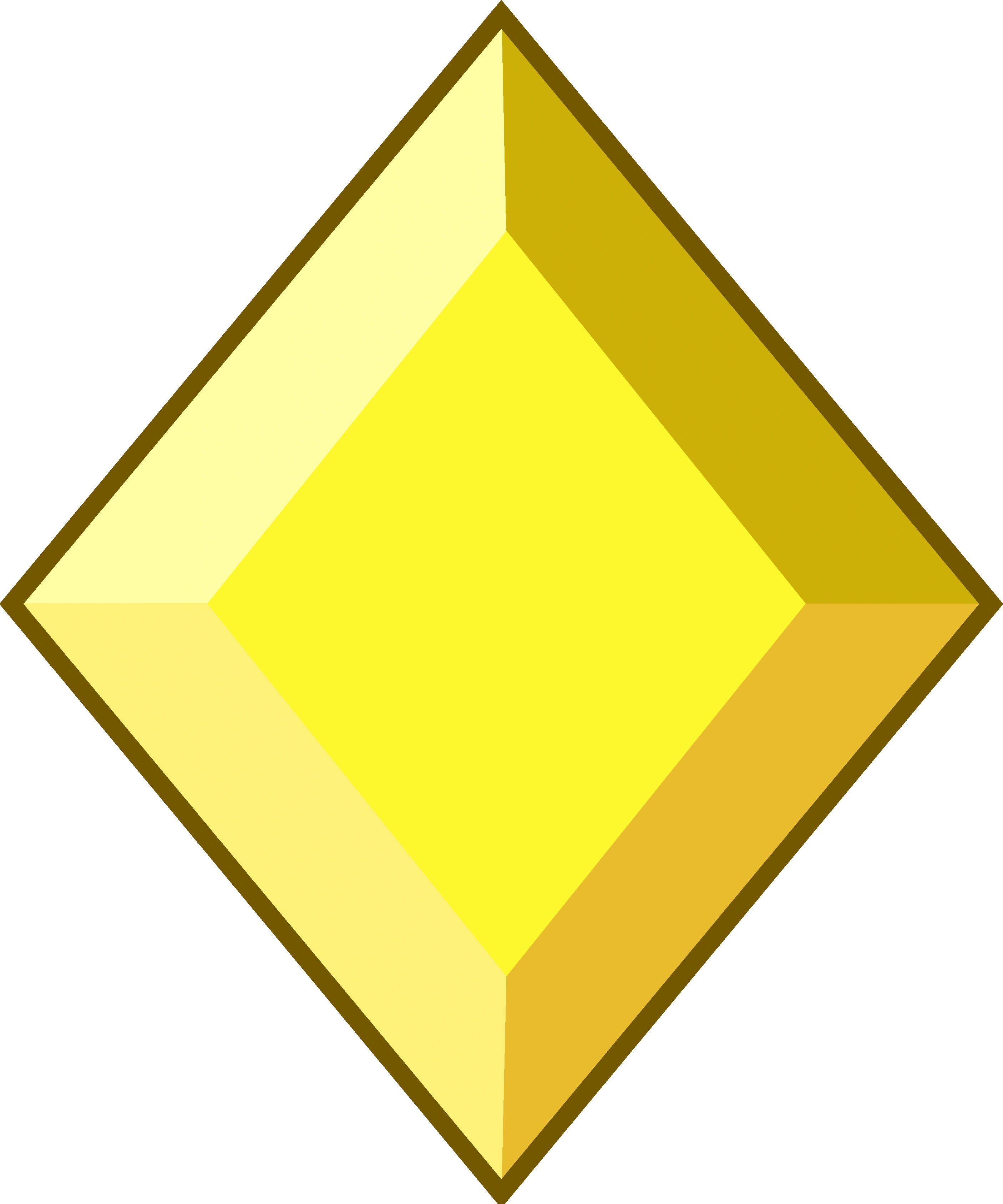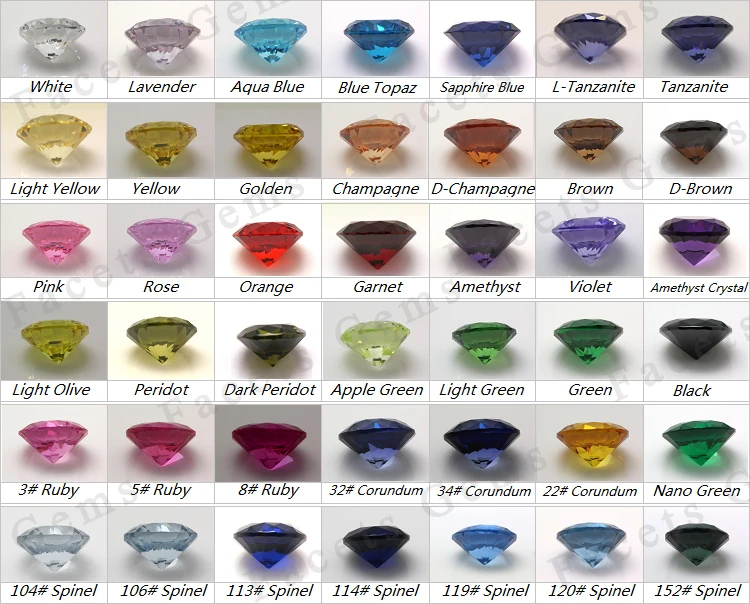
Reserved for the most powerful, this jigha ornament, designed to be tucked into the front of the turban, is fashioned from white-“mutton fat”-jade. Yet even as these mines waned, the discovery of diamonds in Brazil in the early 1700s and then South Africa in the late 1860s brought a continued supply to India’s royal connoisseurs. It is estimated that the Indian mines produced at least 12 million carats over more than 2,000 years.

Today, the Golconda mining region is largely exhausted. These include the legendary 105 carat Koh-i-Noor Diamond, now in the British Crown Jewels, and the ill-fated 45 carat blue Hope Diamond, which brought misery to many before Harry Winston donated it to the Smithsonian Institution in 1958. Many spectacular diamonds originated from Indian mines. Not until the 19th century did brilliant cut diamonds begin to appear in India, as finished stones and faceting techniques arrived from Europe. The thin, flat diamonds seen in historical Indian jewelry are typically slices cleaved from the original rough, many with flat facets polished around their edges. Photo by Robert Weldon and Orasa Weldon.Īccording to the Indian life science Ayurveda, wearing a diamond will guarantee long life, endurance and beauty. Hundreds of camels formed caravans that carried gems and other goods into India. Today, GIA conducts research and educates thousands to continue this tradition of expanding and perfecting gemological knowledge: investigating how gems form and establishing clues to their origin from some of these fabled sources. Gemological knowledge was passed from father to son for generations, but also taught in texts such as the notorious Kama Sutra. The Mughal Emperor Aurangzeb (reign 1658–1707) had three in his entourage: one to care for the gems, a second to estimate their value, and the third to grade them and detect treated gems or imitations. Gemologists were valued members of most royal courts in India. Only the finest gems and purest gold would evoke maximum power to honor the gods and serve as talismans to ward off evil. The Indian aristocracy kept the best for themselves and traded the balance for emeralds, rubies, sapphires, spinels and pearls from all corners of the earth. Some of our most celebrated diamonds-including the infamous Hope and Koh-i-Noor-originated from India’s famed Golconda mining area. What did these adventurers hope to get in trade? Nothing less than the most beautiful diamonds in the world from what was long the only source. To this day in India, gems and jewelry carry potent messages of power, honor and love. Brightly colored gems and enamel symbolized the forces of life: red as blood, the life force of the animal kingdom green as the plant life created by the blue sky combined with the yellow sun. Other jewels were integral to the marriage contract, as seen in the elaborate wedding necklaces, in depictions of snakes or fish as symbols of fertility, and in nose rings worn as testament to happiness in the union. Intricately designed pieces celebrated Allah and Hindu gods, such as Shiva, Krishna and Vishnu.

Lavishly adorned with the jewels they had won, received as “gifts” or created from the vast stores of gems and gold in their treasuries, the Mughals and other rulers of India continued to honor the religious, metaphysical and social importance of the precious materials and the forms they took.

In fact, it was a thirst for the fabled riches of Northern India that drew Babur, the Muslim founder of the Mughal Empire, from Central Asia. Reprinted with permission from the Cartier Archives, © Cartier. Sir Yadavindra Singh, Maharaja of Patiala, is seen here wearing a fortune in jewelry, including two necklaces that Cartier created for his father in 1928.

BLUE AND YELLOW GEMS PROFESSIONAL
Applied Jewelry Professional ™ Online Diploma


 0 kommentar(er)
0 kommentar(er)
